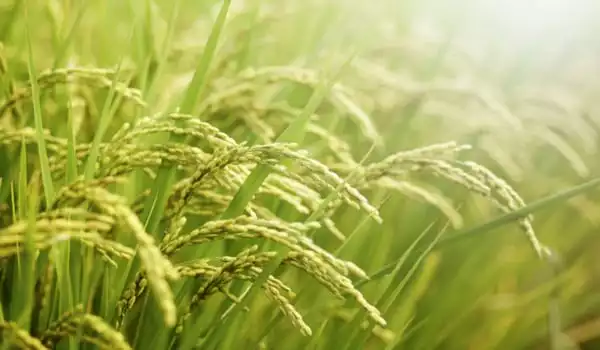Rice is a staple food for more than half of the world’s population. However, the current rate of rice breeding yield growth is insufficient to meet the ever-increasing global population’s food demand. Genomic selection (GS) has the potential to accelerate breeding progress while also being cost-effective because it can be used before phenotypes are measured. Previous simulation and experimental studies have shown that GS is useful in rice breeding.
What kind of rice do you prefer? Are they sticky, fluffy, brown, or white? These characteristics, along with grain length, width, appearance, and other characteristics, are hugely important predictors of rice sales and consumption around the world. And the location is important. Rice preferences in Latin America, for example, differ greatly from those in West Africa, Japan, India, and other parts of the world.
Given the importance of eating quality and regional preference, rice breeders spend relatively little time improving and refining these traits. However, testing and selecting lines based on how sticky the grain is after cooking or how long it takes to cook is costly and time-consuming. In addition, breeders must consider other important traits such as yield and disease resistance.
New research from the University of Illinois and the Latin American Fund for Irrigated Rice (FLAR) enables Latin American rice breeders to choose regionally relevant eating-quality traits from the beginning of a breeding program, saving time, effort, and money.
We investigated the feasibility of using genome-wide prediction strategies for more complex grain quality traits like milling quality. With the implementation of more complex prediction models that incorporate genomics and high-throughput phenotyping, we see a really exciting new field of research emerge.
Juan Arbelaez
“Traditionally, eating quality selection was done at the end of the breeding program. You might end up with a variety with high yield and disease resistance but poor grain quality. That would be the end of that kind of thing. So, by taking a more targeted approach at the start, you can focus your efforts on other characteristics” Juan Arbelaez, assistant professor in the Department of Crop Sciences at the University of Illinois and co-author on the new study published in The Plant Genome, says
Arbelaez and his colleagues discovered genetic markers linked to 10 grain-quality traits in a sample of 284 rice lines spanning 20 years of breeding in Latin America and the Caribbean.
“Previous research had shown that these markers were linked to these characteristics. However, this was the first time they were found in Latin American germplasm. We validated our findings in an independent sample of 2,000 different rice lines, so we know they’re accurate “According to Arbelaez. “These markers are now being deployed through a service provider in Sweden and can be used on a regular basis by every FLAR partner in Latin America.”

The markers strongly predicted amylose content (a determinant of stickiness), gelatinization temperature (cooking time), and setback viscosity (texture), but they were also linked to milling quality and appearance characteristics.
“We investigated the feasibility of using genome-wide prediction strategies for more complex grain quality traits like milling quality. With the implementation of more complex prediction models that incorporate genomics and high-throughput phenotyping, we see a really exciting new field of research emerge” According to Arbelaez.
The advancement will greatly improve the efficiency of rice breeding in Latin America.
Arbelaez compares the traditional breeding process to a large funnel. Thousands of rice lines are grown and evaluated for obvious red flags, such as disease susceptibility or stunted growth, at the broad end. Plants with desirable visual characteristics are harvested, kicking off the next generation. And so it goes, year after year, culling poor performers, advancing promising plants, gathering seed, until only a robust, desirable new variety remains at the end of the funnel.
Some traits, such as setback viscosity, necessitate the use of seed and specialized testing equipment. It’s not cheap. As a result, breeders frequently wait until the end of the funnel to test these traits.
The cycle is shortened with marker-assisted selection. Thousands of lines can be grown as seedlings in a greenhouse at the wide end of the funnel. A snip of leaf material and a trip to the lab are all that is required to determine whether a given seedling should be allowed to mature and progress in the process.
Arbelaez is optimistic about the future of Latin American rice, particularly in niche markets such as Peru, where Japanese immigrants have shifted rice preference toward the stickier end of the spectrum. He also sees the markers being used outside of Latin America.
“These markers have a lot of potential to be validated in different breeding programs around the world that are looking to identify or characterize their germplasm,” he says. “You can test these markers to see if they can help you target early stages and use them for marker assisted selection.”





